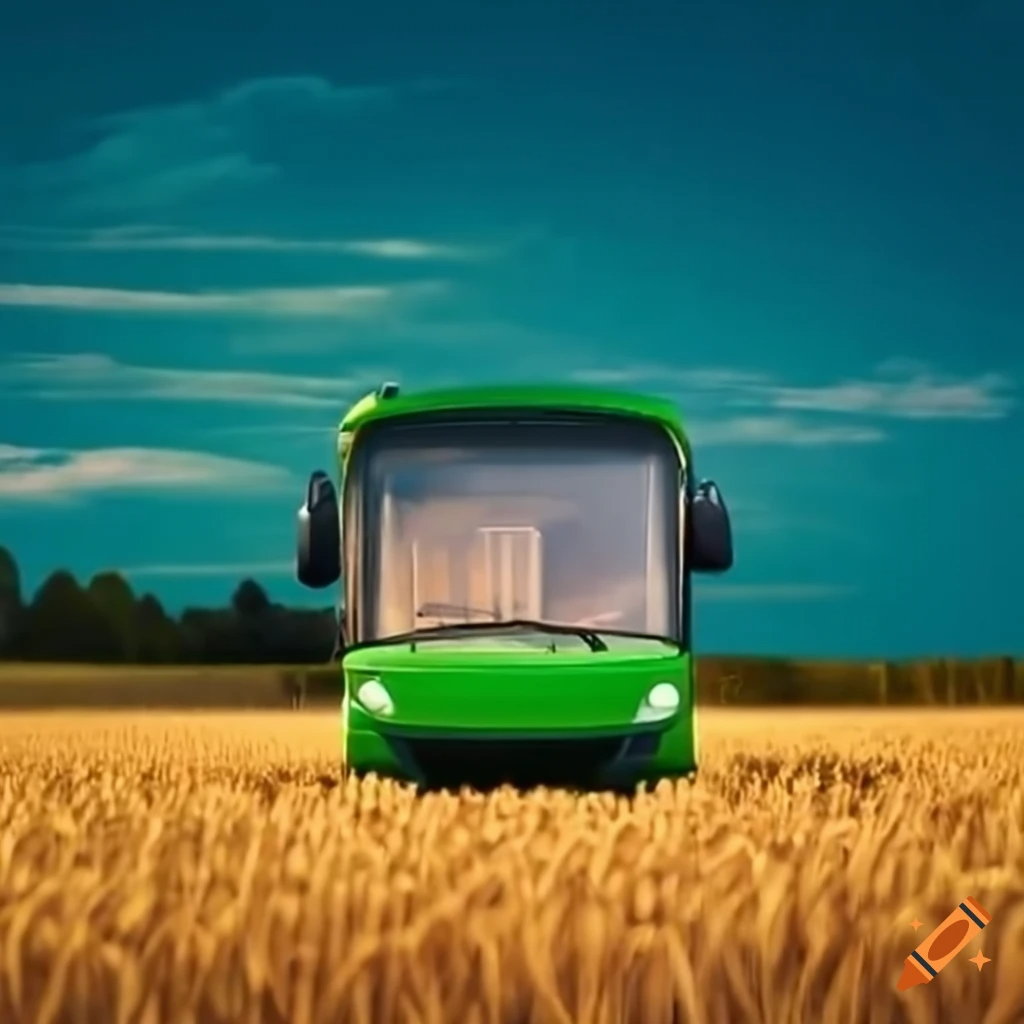I think the time is ripe for a really radical re-think of the way rural bus services operate, because of two new bits of technology that could be real game-changers. Let me set the scene first…

It’s not saying anything new or controversial to suggest that bus services in many rural areas are in a spiral of decline. Falling passenger numbers mean less revenue for the bus company, they cut back on the number of services, which makes the bus less attractive, passenger numbers fall further, and before long buses aren’t viable at all. The last service near me disappeared during Covid, never to return.
Of course with concerted effort some places are bucking the trend, and creating a virtuous spiral of increasing passenger numbers leading to improved services. A really good partnership between the local authority and the bus company is vital. Together they can put in bus priority measures at junctions so the bus is quicker than the car, provide attractive bus stops, offer integrated (often subsidised) fares, and invest in clean modern buses with wifi and phone charging. Doing all of these things, plus maybe using increased parking charges to subsidise buses, and setting up car clubs so more people can ditch a car altogether, can turn things around, and has in a few places.
But what if that’s just not enough? I’ve long had an idea for a more fundamental change, and a couple of things have come along that I think make it more likely to work – and definitely worth trying out as an experiment somewhere.
So, here’s my idea. Rural bus routes tend to go, literally, round the houses in order to serve multiple villages, feeding into the local town. This means they are much slower than driving, and infrequent (you’re lucky if a rural bus comes once per hour). What if, instead, the bus followed the main roads, bypassing the villages, allowing the same number of vehicles to deliver two or three services per hour, and completing the journey in a similar time to driving? Wouldn’t that be more likely to attract new passengers?
Well, yes, except how does anyone actually access the service? I have had this idea for many years now, and in the past I always thought it would be nice if people could access express buses like this by cycling to the bus stop – which works for me because I’m a keen cyclist. In fact, when I lived in Oxford this is what I would often do – express coaches go from Oxford to London several times per hour, and I would cycle to a coach stop and hop on (it was even possible to take my bike on the coach if I wanted). But as a wider solution it would clearly exclude the many people unwilling, or unable, to cycle to a bus stop.
So what’s changed? E-mobility, and apps, two things everyone is crazy about right now.
E-mobility puts the trip to the bus stop in everyone’s reach. Put a docking station for e-bikes and e-scooters in the centre of every village, with a quality, paved, off-road mixed-use path running out to the express bus-stop. At the bus stop itself, quality cycle parking, another docking station, and a drop-off area of car parking too (as a parent I’d rather drive my kids to a bus stop than the whole journey). And of course, an electronic sign giving a real-time readout of when the next bus will arrive.
The final piece of the puzzle, a travel planning app that can actually cope with multi-modal journeys. I use Google maps all the time – its cycling directions have got really good, and its public transport directions combine bus, train and walking perfectly. But it still can’t cope with the idea that I could cycle to a station or bus stop, often cutting journey time significantly. Create an app that lets you tell it you’re willing to cycle, or scoot, a certain distance to a bus stop, either on your own bike/scooter or hiring. Better still work with google to integrate this capability into their directions. And if possible include the ability to pay for the whole journey right inside the app, and just tap your phone at the docking stations and as you get on the bus. Please do let me know your thoughts in the comments, I love this idea but I’m not in the bus industry so I realise I may be naively missing something. And if you are in the business of planning bus services, and you want to give this a try somewhere, or you know of somewhere it has been




